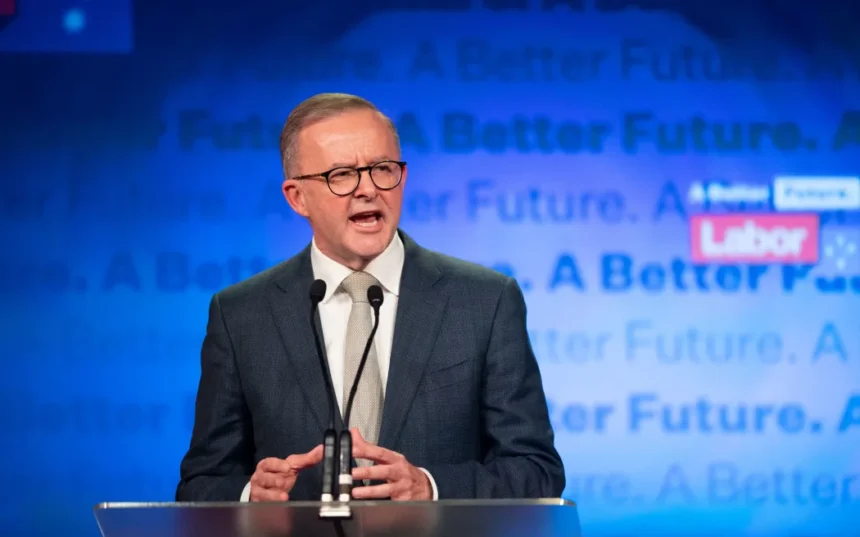When a hurricane blew the government’s preferred date, April 12, off course, everyone was ready to go. Firing cannon was ultimately fired in late March, and Albanese opted for a polling date of May 3.
As the campaign progressed, both leaders found it difficult to compete for Australia’s attention, despite their health announcements, promises to lower gasoline taxes, and initiatives to address the nation’s housing issue.
To make headlines, they had to fight Donald Trump and his expansive tariff plan, schedule their campaigns around Easter, pause them for a short while to commemorate the Pope’s passing, and then pick them back up just in time for a long weekend that most Australians wouldn’t have spent considering politics.
John Warhurst, an Emeritus Professor at the Australian National University’s School of Politics, says, “It has been difficult to break through… but the major parties have lost the trust of the voters which has amplified their communications problems.” The opposition has been chaotic, and the government has been hesitant.
Australia’s 18 million people must now choose between Prime Minister Anthony Albanese and his opponent Peter Dutton after five weeks of campaigning. Both candidates may need to win over independent Members of Parliament or smaller parties to form the next administration.
Also Read:
Trends Developing in Global Equity Markets
The ECB identifies Trade Tariffs and the Competitiveness Gap as Growth Threat



